Modern China was poor and weak, which left a century of humiliation in the hearts of every Chinese. Even though the revolution overthrew the Qing Dynasty, the Beiyang government still signed many unequal treaties that humiliated the country, and because of this, the revolution had to continue.
At the time of the Beiyang government, the Paris Peace Conference was definitely an unavoidable issue when talking about the unfair treatment of the Chinese in the international community. In order to fight against the Japanese invasion and occupation of the German-occupied Qingdao, China was reluctantly involved in the First World War, which was actually a civil war in Europe. However, after the end of the First World War, China, as a victorious country, had to endure the humiliation of the German colonies being handed over to Japan. This face-to-face insult made the Chinese diplomats who participated in the Paris Peace Conference turn around and leave in anger, and the country also launched the May Fourth Movement to protest.
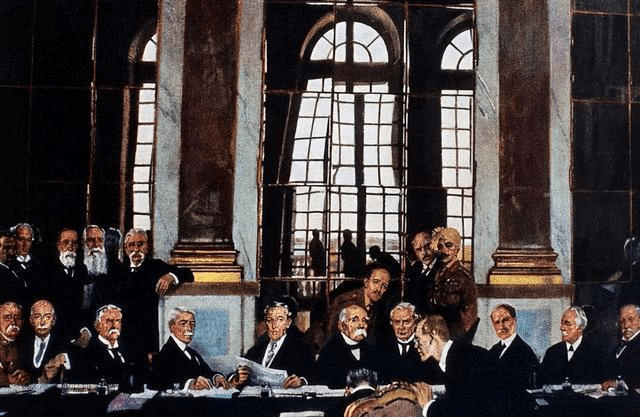
But do you know? Speaking of the First World War, the Beiyang government did not suffer any loss of interests, but signed an international treaty that was particularly beneficial to China at the time - the Svalbard Treaty. This treaty was of no practical use to China at the time, and was purely a blank check signed under duress. But the times are constantly developing, and the new China is also making continuous progress. Today, the benefits brought to China by the Svalbard Treaty are envied by even the United States, and it is likely to have a further impact on the international situation.
[How was the Svalbard Treaty signed? ]
To talk about how the Svalbard Treaty came about, we have to start with World War I.

World War I was a global war, almost all big and small countries were involved, and China was also a participant. Although China joined the war late, it contributed manpower and had complicated thoughts about joining the war, but there is no doubt that it paid a lot in World War I, with costs and sacrifices. As the final winner, the demands such as taking back Qingdao and Shandong Peninsula occupied by Germany and canceling unequal treaties should have been agreed to, but the major powers ignored them. This shows that the First World War was a meeting for the world powers to share benefits. Yuan Shikai in China also further responded to the "Twenty-One Demands" proposed by Japan, which is really a great shame in our modern Chinese history.
However, the great powers seemed to want to save face. Under such unfavorable circumstances, China unexpectedly gained an unexpected benefit, which is the Svalbard Treaty.
The signing of the Svalbard Treaty was actually a political deal made by France.
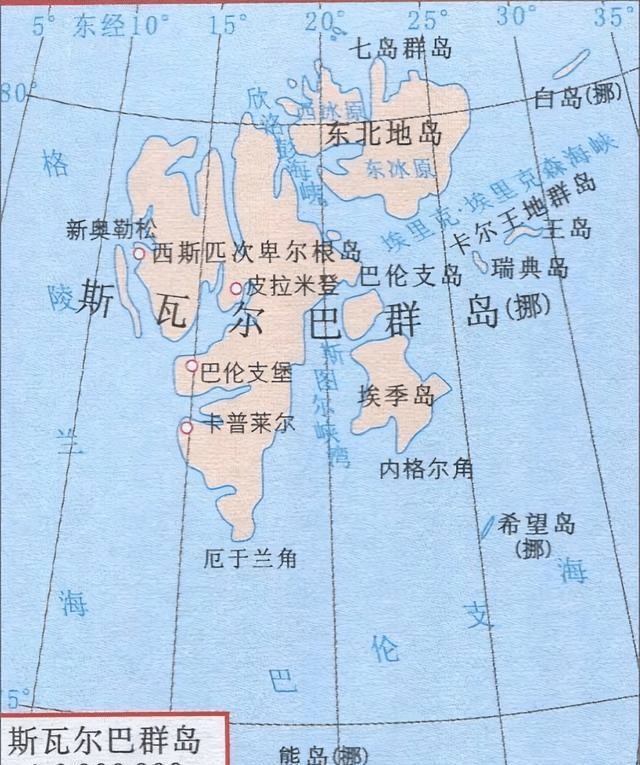
The Svalbard Islands were discovered in 1194, but because they are in the Arctic Circle, they have not been developed for a long time. The Netherlands, Britain, Denmark, and Tsarist Russia have all carried out production and life on the island for various reasons. Historically, they all claimed that they had sovereignty over the islands. In modern times, there are still many places in the Svalbard Islands that have not been developed. The Norwegian and Russian settlers on the islands have the greatest influence, among which the Tsarist Russian immigrants are obviously more. But the archipelago is very close to Norway, and Norway and Sweden also claim that they have sovereignty.
After the end of World War I, France was one of the countries that suffered the most losses in the war. It suffered a lot of casualties among young men, and it did not make up for this loss until World War II. At this time, the national strength of countries such as Britain and France was very weak, and they did not want to experience another war in Europe in a short period of time. Therefore, the Svalbard Islands, whose sovereignty is controversial, was used by France as a bargaining chip to balance the forces of various parties.

At that time, the October Revolution broke out in Tsarist Russia, and old European powers such as Britain and France felt that the new Soviet regime was particularly threatening. Svalbard is a particularly good outlet from the Arctic Circle to Western Europe. If it were occupied by Russia, Russia's military power would directly threaten Britain and all the countries in the north of Western Europe. This is a situation that Britain and France must avoid at all costs.
The Svalbard Treaty suddenly appeared.
【Fat meat delivered to your mouth】
So, what is the value of the Svalbard Treaty? First, we need to understand the natural resources of the Svalbard Islands.
The Svalbard Islands are located in the Arctic Circle, about 1,000 kilometers from the North Pole, with latitudes between 75°N and 80°N. They are the southernmost group of islands in the Arctic Circle and are also the closest to the European continent. It consists of three large islands and some small islands, with a total area of about 62,000 square kilometers, which is about the same size as four Beijing cities. These islands are scattered, but their geographical location is particularly important. The southernmost part of the archipelago is about 600 kilometers from Norway and about 800 kilometers from Russia. To the west is Greenland, and to the south is Murmansk, which is a natural ice-free port in Northern Europe.
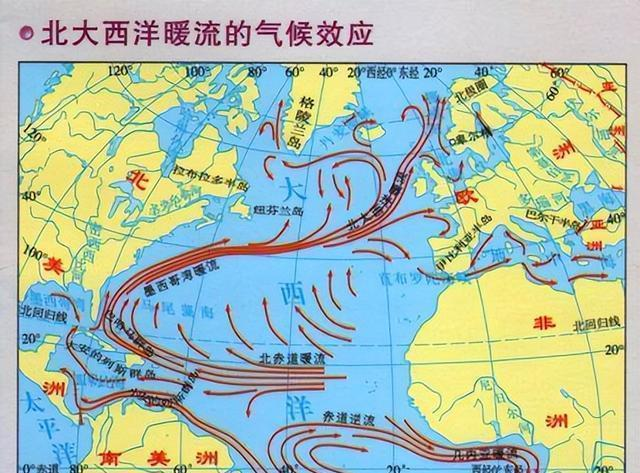
However, don't underestimate the archipelago in the Arctic Circle. Due to the influence of the North Atlantic warm current, the climate of Svalbard is relatively mild. The average temperature in winter is about -15℃, and the average temperature in summer is about 5℃, which is much higher than other places in the Arctic Circle. And it is more suitable for living here than Siberia, which has a lower latitude. At the same time, Svalbard has rich biodiversity and many rare animal and plant resources, such as polar bears, seals, walruses, reindeer, foxes, birds, mosses, lichens and so on. Because of this, Svalbard has become a place suitable for human habitation and development.
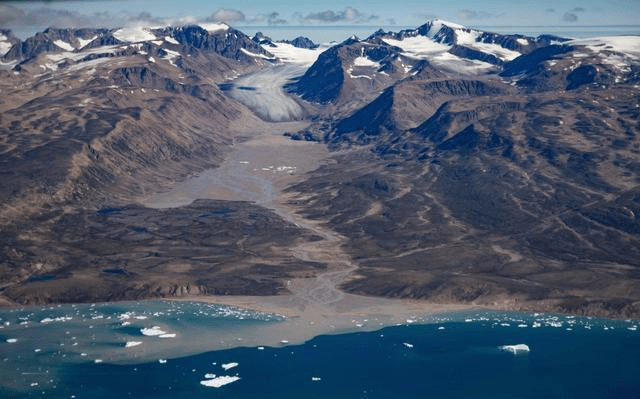
However, the greatest value of Svalbard lies in its underground resources, especially natural gas and oil. It is estimated that 22% of the untapped oil and gas reserves in the Arctic Circle are here, most of which are concentrated in the waters around Svalbard. The value of these resources is immeasurable, especially in the current period of energy shortage and environmental deterioration. Even the scattered low-quality coal mines on land are particularly important to any country.
Britain and France did not want such a treasure island to fall into the hands of the Bolsheviks. From a political perspective, they had to make the "de-Russification" of Svalbard a fait accompli as soon as possible before the end of the Russian Revolutionary War. It should be noted that the European countries had just finished the world war, and a meeting on the division of island sovereignty and national interests was quickly arranged. Even the Beiyang government, which withdrew from the Paris Peace Conference halfway, was forcibly pulled in.
After bargaining among various parties, the Svalbard Treaty finally set a "suitable" price, and 41 member states signed the agreement together.
The most critical point in the agreement is that Svalbard must be demilitarized. The countries agreed to each other that Svalbard would never be militarized. At the same time, for supervision, the sovereignty of the island was returned to the small country of Norway. All countries that signed the treaty can allow their residents to freely produce and live on Svalbard without a visa.
That is to say, China is one of the parties to the treaty and can exploit oil and natural gas in the waters around Svalbard without interference or restriction by other countries. This is almost equivalent to giving China an enclave in the Arctic Circle, so that China can have the same rights as other Arctic countries in the Arctic Circle, or even greater rights, because China can directly develop and utilize the resources in the waters around Svalbard without having to negotiate or arbitrate with other countries. It is simply pie in the sky.
At that time, China's national strength was weak and its geographical location was remote. When signing the treaty, Britain and France had no idea what consequences this agreement would bring.
【Significance for China】
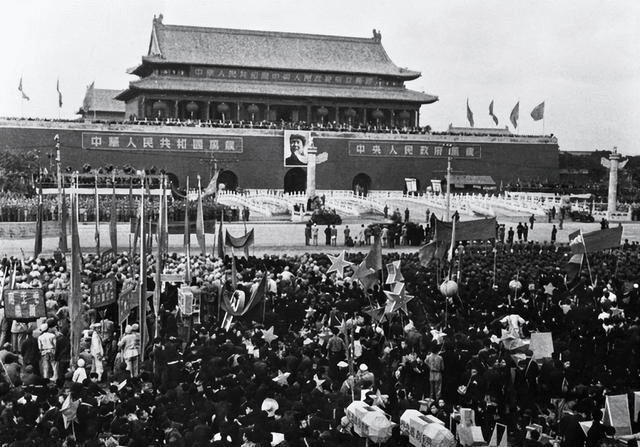
As for what happened later, everyone knows that although East Asian countries like China and Japan signed this agreement, it was basically just for the sake of numbers. Moreover, World War II broke out later, and the new China, which had just risen from the ruins, had no energy to deal with this matter. As time went on, everyone seemed to have gradually forgotten about this agreement until the 1990s.
In 1991, Chinese explorer Gao Dengyi participated in a scientific expedition in Norway. While reading the Arctic geographical environment data, he accidentally discovered the Svalbard Treaty and was very excited. Because China is one of the participating countries in this treaty, it does not need to follow foreign expedition teams back and forth. China has the right to build a scientific research station in the Svalbard Islands and conduct scientific research and exploration activities in the Arctic Circle.
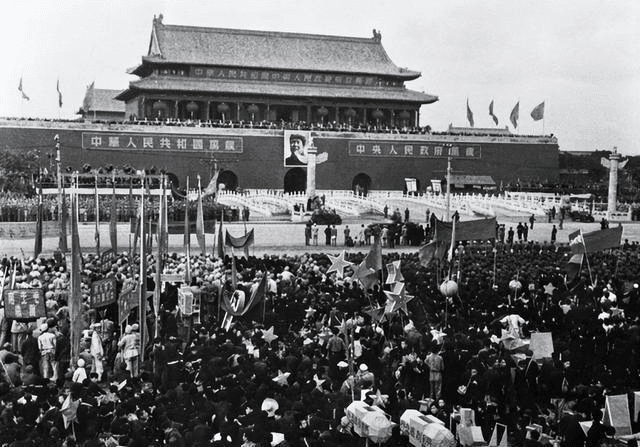
Therefore, Gao Dengyi immediately took action, looking for people to cooperate with him and explaining the significance of Arctic exploration and scientific research. But in the end, only the Chinese Academy of Sciences was interested in his proposal and decided to try to build a scientific research station in the Svalbard Islands in the Arctic to open up a way for China's Arctic exploration and research.

In this way, Gao Dengyi and some scientists from the Chinese Academy of Sciences formed an expedition team and went to Svalbard twice. They also selected a place to build a scientific research station in Ny-Ålesund on Spitsbergen Island. This expedition was China's first serious scientific investigation in the Arctic Circle. It was also the first time that the Svalbard Treaty was used, which marked the beginning of China's exploration and research in the Arctic Circle and laid a legal and practical foundation for China's development and benefits in the Arctic Circle.

Of course, this matter has also attracted the attention of other countries and has caused reactions, especially the United States. The United States is quite dissatisfied and worried when it sees China's activities in the Arctic Circle. You know, the American continent is quite far away from the Eurasian continent, and there are no American islands in the Arctic Circle, so the leader of the Arctic Circle has always been Russia, and the United States can't intervene at all.
It would be fine if they just couldn't intervene, but look at China, which is far away from Europe, and can get a share of the benefits in the Arctic Circle just by relying on an agreement signed a hundred years ago. This makes the United States very greedy, but it can't do anything and can only watch China's influence and interests in the Arctic Circle continue to grow.
[Development of the Arctic Circle and the Benefits of All Mankind]

Since Gordon and the Chinese Academy of Sciences’ expedition team launched their first scientific expedition in Svalbard, China’s development and interests in Svalbard have never stopped. China has built the Yellow River Research Station there and conducted many scientific expeditions and research. In 2018, the State Council issued a white paper called China’s Arctic policy, which also stated that China is willing to work with countries in the Arctic Circle to jointly build the “Ice Silk Road”.
What is the "Ice Silk Road"? From China's perspective, the route for international trade usually goes through the Strait of Malacca, then around the Suez Canal, and finally unloads at a European port, a total of about 10,730 nautical miles. But if you go north, through the Bering Strait and take the Arctic Circle route, you can shorten the journey to about 7,800 nautical miles, which has great benefits.
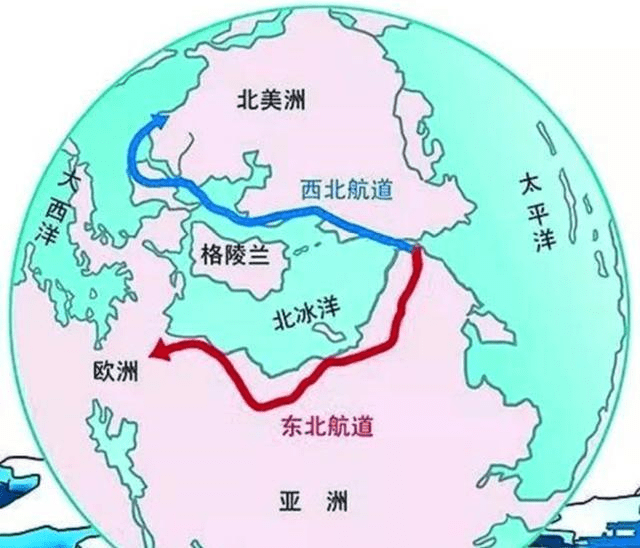
In history, the former Soviet Union also saw this benefit, and they had an even crazier idea: the Arctic Ocean dam plan.
It is common to build dams on rivers and lakes nowadays, but if you build a dam on the ocean, how much work will it take! This dam is still under design. It is planned to be built from the Russian Far East to the United States, across the entire Anadyr Bay. However, they designed this dam not for hydroelectric power generation, but to use electricity to pump water from the Arctic Ocean to the Atlantic Ocean.

According to calculations by Soviet scientists, the Arctic Ocean dam can divert the North Atlantic warm current from flowing through the northern Eurasian continent to the Pacific Ocean. In this way, the temperature in countries close to the equator, such as Africa and Oceania, will drop slightly, but it will warm up Russia's vast Siberian plains and Far East. Moreover, the North Atlantic warm current can melt the ice, making the Arctic route completely unobstructed, and making the connection between Asia and Europe closer and more frequent.

However, because the project was so large and the other side of the dam had to be built with the consent of the United States, the plan was abandoned endlessly as soon as the Cold War began. But this is definitely an amazing idea that is beneficial to all mankind. Now we may think that Soviet scientists are daydreaming, but think about it, if China, the United States, Russia and Europe can coexist peacefully, putting aside those historical disputes and contradictions, how much more can human beings develop in the future? When we laugh at others' naivety, what exactly limits our original imagination? This is probably something we really need to think about. #新币挖矿HMSTR #美国大选如何影响加密产业? #美联储利率决议公布在即 #加密市场急跌 #加密市场急跌 #鄂B炒家






